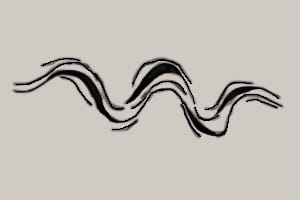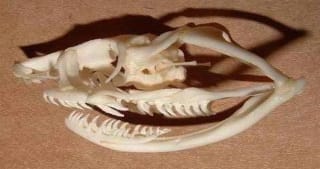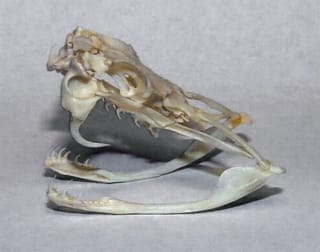This guide initially displays common tracks of all shapes. Use the selectors below to view particular shapes, include rare species, or search by name.
Anything that moves over the ground leaves some sort of marking of its passage. In particular, footprints left behind in soil, snow, mud, or other ground surfaces provide a means of recognizing different species. The illustrations and characteristics listed below highlight key features that can be used to identify the tracks of many of the animals in the area.
Track References
Alderness Wilderness College
Animal Track ID [PDF]
Beartracker
Deerdance
Elbroch, Mark, 2003 Mammal Tracks and Signs: A Guide to North American Species
eNature
Gaits
Lowery, James, 2013 Tracker’s Field Guide. Falcon Guides
Nature Tracking
North Woods Guides
Outdoor Action
Subject Area Experts (all guides)
Steve Cary (butterflies)
Beth Cortright (insects)
Terry Foxx (invasive plants)
Leslie Hansen (mammals)
Richard Hansen (fish, mammals)
Dorothy Hoard (butterflies, trees)
Chick Keller (flowers, herbarium)
Shari Kelley (geology)
Kirt Kempter (geology)
Garth Tietjen (reptiles)
David Yeamans (birds)
Web Development and Content Management
Pat Bacha
Jennifer Macke
Graham Mark
Akkana Peck
Contact
Please contact us for local nature questions and sightings. We welcome comments, corrections, and additions to our guides.
For more information about local nature, please visit our Nature Blog or subscribe to PEEC This Week.
Make Selection
 Drawn based upon Alderleaf Wilderness College image  Photo: nonvenomous by Mokele  Photo: venomous by Mokele |  Snake(various species)Family: Colubridae, Viperidae (Advanced Snakes, Rattlesnakes and Other Vipers) Feet: none There are several different types of snake locomotion with the most common (side-to-side undulations) illustrated in the drawing. Other common types include concertina and slide-pushing. In all cases, the distance from one curve to the next varies greatly with size and species. Scat usually consists of a black to brown cord with pinched areas. Often white nitrogenous material is attached. Shed snake skin can often be found. Reptile and Amphibian Guide - Snake |
